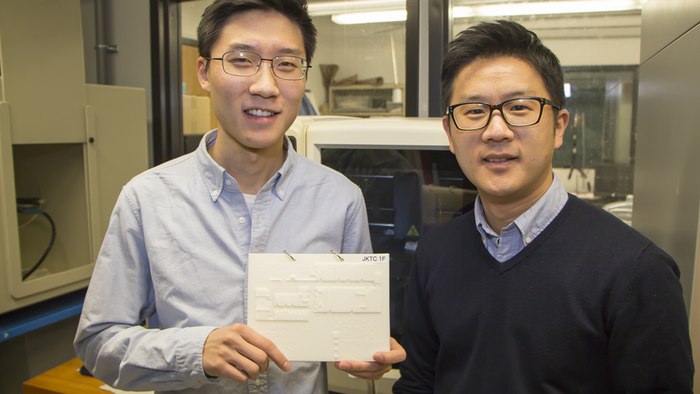Good for news for people with diabetes, and it’s edible, too. Scientists at the National University of Singapore have created a bread with anthocyanin, a plant pigment that helps slow digestion, which helps the body keep glucose levels in the blood under control. The team hopes it will help pave the way for a new market of healthier food products for people who have to manage their diabetes.
The team, led by Professor Zhou Weibiao, found that when dough with one percent of anthocyanin extract from black rice was baked at a temperature of 200° C (392° F) for eight minutes, digestion rates decreased by 12.8 per cent. When they increased the amount of anthocyanin to four percent, the digestion rate was even slower, dropping to 20.5 percent.
This happens because anthocyanin can inhibit digestive enzymes, making digestion slower and improving blood glucose control in the process. Conversely, starch found in standard bread is rapidly digested and absorbed into the bloodstream, making sugar levels rise too quickly because of its high glycemic index.
Besides slowing digestion, adding anthocyanin to food offers other health benefits, the researchers say. Anthocyanin is rich in antioxidants, and can help prevent cardiovascular and neurological diseases, cancer and inflammation.
The research goes back to 2014 when the team looked into the degradation of anthocyanins during baking. At the time, they found that 8- percent of the antioxidant capacity of the bread crust and crumb was retained even when baked at 240° C (464° F) for up to 12 minutes.
“Our results demonstrate that it is indeed feasible to create functional food products through anthocyanin fortification, using bread as an example,” says Prof Zhou. “We hope to conduct further studies to incorporate anthocyanins into other food items, such as biscuits. Our team is also keen to explore opportunities to work with industry partners to introduce the anthocyanin-fortified bread to the market.”
Besides black rice, anthocyanins, which belong to a class of molecules called flavonoids, can be found in several fruit and vegetable types, such as berries, grains and purple sweet potatoes.











